Have you recently started to experience pain at the side of your hip? With the turn of the new year now behind us, maybe you’re embracing your new healthy lifestyle and have been going for a solid run several times a week to shift some of those festive kilos… Or it might just be that you’re getting a bit older, hitting the middle decades of life, and you’ve had a nagging hip for a while. There are a few structures in and around the hip that can lead to pain felt at the very outer aspect of it. Problems in the low back, the hip joint itself, and soft tissues that surround the joint can all be viable culprits.
Common culprits in the running and middle-aged populations are the tendons of the gluteal muscles. These muscles are responsible for movement at the hip (outwards, backwards and forwards) and stability of the pelvis and hip during movement. There are three gluteal muscles or ‘glutes’. The deepest muscle is the gluteus minimus, followed by gluteus medius, and finally gluteus maximus (which is the largest and most superficial of all three). Where the gluteus medius and minimus tendons wrap around the bony outer part of the hip and insert into the bone, are the areas most commonly associated with disease leading to pain in the outer hip.
Tendon disease
There are a few terms that can describe a diseased tendon. An acutely inflamed tendon is known as ‘tendinitis’, where ‘itis‘ means inflammation occurring at the tissue. A tendon which is chronically diseased (i.e. long-standing pain that may have been present for several weeks, months or years without the presence of inflammation), is known as ‘tendinopathy’. Historically the term ‘tendinosis’ was used to describe a chronic tendon problem, but tendinopathy is now the favoured term. The important thing is to think of a tendon problem sitting somewhere on a continuum between acutely inflamed and chronically degenerated and/or torn.
Let’s take our aforementioned population, a middle-aged female (females are more affected by this issue than males), who runs. What typically happens is they will start to run with the full intent of bettering themselves. Due to poor running technique, the tendon becomes overloaded and after a few weeks or months… Bang! Inflammation, pain, can barely walk! Once the initial pain settles and movement resumes, they start to run again. If they haven’t corrected the problem that underlies the initial acute episode (Tut tut… They didn’t go to see their osteo!), the problem compounds itself. The body will compensate, and further excessive load and compression are placed on the tendons and other surrounding structures. This might go on for a while with the hip grumbling from time to time. Eventually, the changes that have occurred to the tendon tissue result in widespread degeneration and derangement of the tendon fibres and you are left with a tendon incapable of dealing with the high loads required to do something like running. If left untreated, the tendon eventually tears and leaves you with a very unhappy and less mobile hip.
Signs and symptoms
The signs and symptoms of a gluteus medius and/or gluteus minimus tendinopathy include any or all of the following:
• Pain felt on the outside of your hip
• Pain that radiates down the thigh to the knee
• Pain that is worse before and after exercise
• Pain that improves initially with exercise (depending where on the disease process you are)
• Pain when lying on the affected side
• Difficulty walking up stairs or hills
• Difficulty standing on one leg (on the affected side)
Treatment
Your first port of call is to temporarily cease the activity that is aggravating your hip, and ring your osteo (ahem… 03 9482 3196). This will help to de-load the injured tendon, and give you relief knowing soon you will be in the hands of an expert who is going to guide you through your recovery journey. We will assess your movement from top to bottom and work out where the root cause of your problem is. This is what osteopaths are great at doing. We look beyond the pain, take a picture of your whole life (occupation, hobbies, family life, etc…) and work out all of the contributing factors, so we can put a comprehensive plan in place to rid you of your problem forever.
For a gluteal tendon problem to occur in the first place, there will likely be mechanical issues to correct in the spine and/or lower limb (from the foot up). We do this with a combination of:
• Hands-on therapy to soothe your pain and improve muscle and joint health
• Re-training of poor movements into more efficient movements
• Strengthening exercises for the muscles / tendons
• Alterations to your daily life which may be contributing to your issue (i.e. increasing particular activities, decreasing aggravating activities, changing a work posture)
Over time, treatment will aim to progressively strengthen the gluteal tendons, so they are capable of withstanding greater loads again. Combined with correction of poor, inefficient movements, this will also decrease the compressive forces acting on the tissues in and around the hip, leaving you with greater strength and more flexibility.
We will be with you every step of the way. A gluteal tendinopathy doesn’t mean you have to give up running. We might need to change focus for a short period during rehab, but our goal will be to get you back to your pre-injury state… with a little extra in the tank so you’re not back with us for the same issue within two months.
Hip pain, was it? No problem. We got this!
References
1. Brukner, P. et al. 2017. Clinical sports medicine. 5th ed. Australia: McGraw Hill Education.


